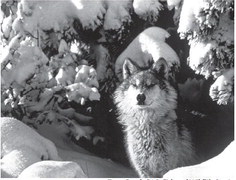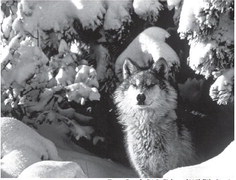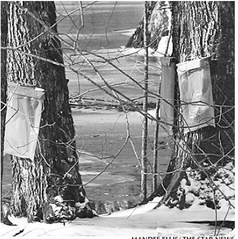Put wolf management in state’s hands


With the population of wolves surging in Wisconsin and neighboring states, it is time to put management of this predator species in the hands of the state government.
The U.S. Fish and Wildlife Service refers to wolves as “one of the greatest comebacks for an animal in U.S. conservation history.” Over the past 60 years, wolf numbers have rebounded from near-extinction in Wisconsin to having viable population groups in the state.
This is a victory that shows the protections of the Endangered Species Act work and should be seen as a win for conservation.
It is time for the wolves to graduate out of their endangered status, particularly in the upper midwest and for the federal government to step back from managing the populations. The Wisconsin Department of Natural Resources should be given the responsibility of managing the state’s wolf population much as the agency regulates other game and non-game species.
Such a move would allow the people of Wisconsin to determine management practices, opening the door to a wolf hunt. More importantly, it would give the state control in regulating the wolf population to balance the needs of residents, farmers and conservationists.
The current system gives virtually all the power to conservationists without giving adequate weight to arguments made by residents and those emotionally and economically impacted by wolf predation.
One of the challenges of wolf management over other types of wildlife management is the geographic concentration of the animals. If the estimated 900 wolves currently living in Wisconsin were disbursed equally over the entire state, their impact on individuals would be significantly less. However, rather than being evenly disbursed, wolves have concentrated population groups in northern and central Wisconsin. Higher wolf populations in a given area directly results in more interactions between them and residents, including pets and livestock.
This impacts all Wisconsin taxpayers through the money paid by the state to reimburse farmers and residents for damage causes by wolves. To date, the state has paid out $2.5 million in damages. The amount of payments has increased along with the population of wolves, not to mention the money paid for fences and other deterrents to try to keep wolf packs away from livestock.
With hunts held in 2012, 2013 and 2014, Wisconsin has demonstrated the ability to regulate these apex predators within sustainable population levels. Any modern hunt would be a far cry from the frontier days of bounties being paid out for each wolf killed.
It is time for the federal government to declare victory in restoring wolf populations and to back off and allow the states to manage existing populations.



